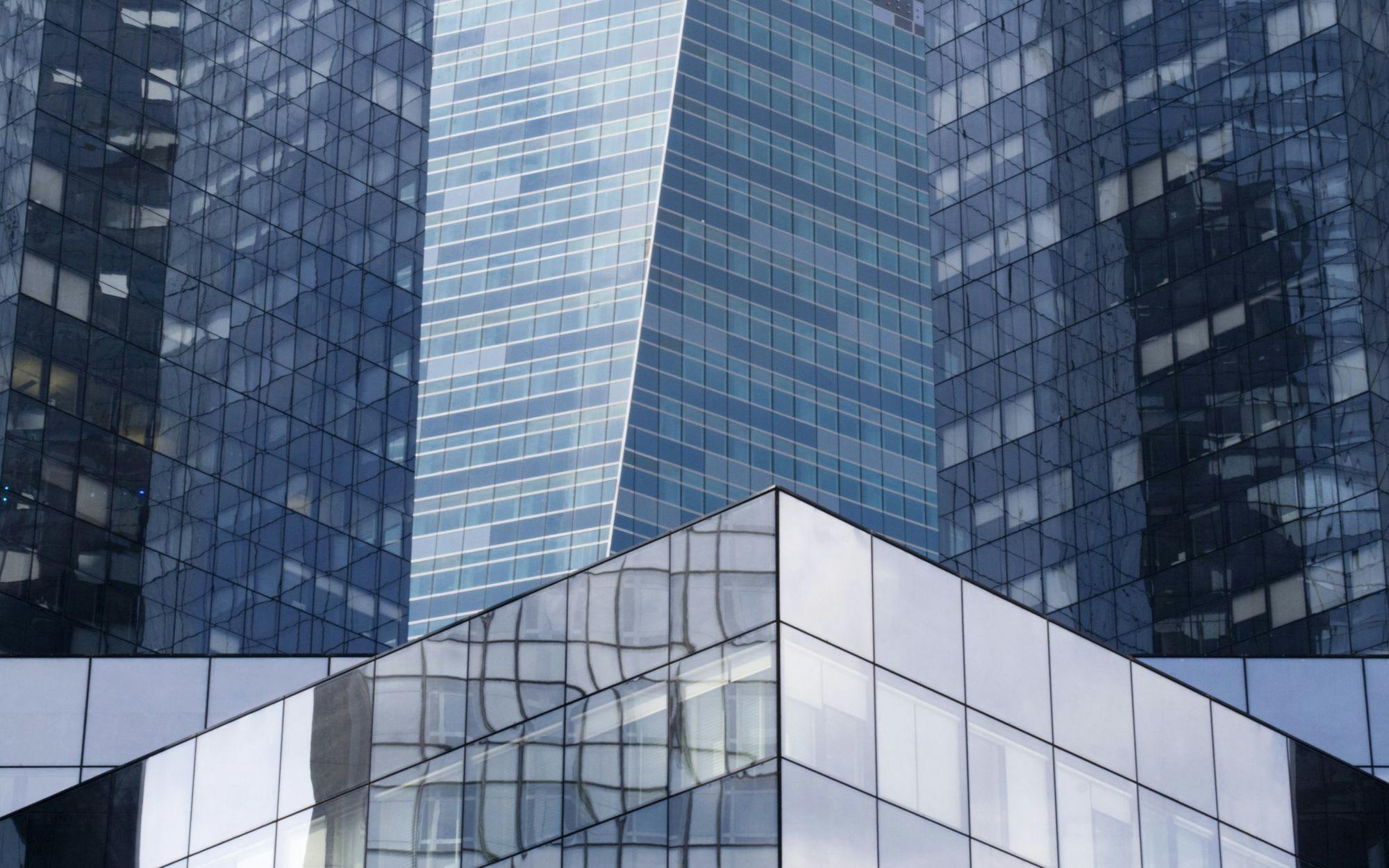
Fenestration Deserves a Place in the Charrette
Buildings are the largest consumer of energy in the United States. They account for nearly 40% of primary energy use, 75% of the nation’s electricity and roughly one-third of greenhouse gas emissions. Moreover, about 30% of the energy consumed by buildings is used inefficiently.
When to Consider Fenestration
As construction executives collaborate with their clients to find solutions in an industry steadily advancing toward net-zero, they would do well to consider the role of windows, doors and skylights—otherwise known as fenestration products—during the charrette.
Such discussions provide the foundation to create buildings that save energy, maximize health and human performance, reduce operating costs and lease-up time, and increase resale value by reflecting the sustainability values of prospective tenants.
While implementing a comprehensive fenestration strategy from the outset is ideal, existing buildings can also achieve these benefits through retrofitting. One example is The Empire State Building renovation project, which included converting its 6,514 existing windows into “super-insulating glass units,” as much as quadrupling their thermal performance and reducing energy costs by about $400,000 annually. Studies of building tenants also showed increased productivity and reduced absenteeism. While such results are impressive, retrofitting can be prohibitively expensive.
Furthermore, considering windows at the start can prevent inadvertently creating problems beyond inefficient energy consumption, including poor lighting, distracting glare and even under-performing ventilation systems that subvert indoor air quality.
Windows: More is Better?
Many people assume using more windows increases the potential for energy loss. In reality, however, the judicious use of the right windows can enhance building performance. They can be chosen and designed to increase or decrease thermal transfer and to minimize dependence on artificial lighting, which may reduce utility bills. In turn, subsequent reductions in demand for electricity allows for downsizing HVAC systems, cutting capital outlay expenses and energy costs.
Abundant high-performance windows also maximizes daylight, which is has been proven to instill an overall sense of well-being in building occupants, positively influencing how they work, learn and interact.
Finally, states sometimes offer tax incentives commensurate with the square footage of fenestration. Further information is available by visiting the Efficient Windows Collaborative’s website on state incentives and rebates.
NFRC is also developing a solution for certifying the energy-performance of customized, commercial fenestration systems, including curtainwalls. Rather than labeling windows individually, this program generates a label certificate for the entire building. Ratings under this program include U-factor, SHGC, VT, and Condensation Index (CI), an optional rating that helps design-build professionals engineer windows that minimize condensation by taking into account the end-user's climate zone and personal preferences for indoor temperatures and humidity levels.
Advancing Net-Zero: A Common Goal
NFRC’s energy performance ratings are required under ASHRAE Standard 90.1, which provides the basis for many municipal and state energy codes and most energy modeling initiatives in the commercial sector. This standard is also used in the U.S. Green Building Council’s LEED rating system and the International Green Construction Code.
Beyond establishing the minimum energy efficiency requirements for building design and construction–other than low-rise residential buildings–ASHRAE 90.1 offers a benchmark to encourage discussions among construction executives and code officials about exceeding code to maximize building performance.
Project owners often find this appealing because adopting “stretch” codes allows them to demonstrate their commitment to sustainability, bolstering their image as a good corporate citizen and positioning them to win more business.
A Path Forward
Inefficient windows cost the United States about $50 billion annually.
This creates an enormous opportunity for construction executives to contribute to national energy-efficiency goals—including net-zero—by making decisions today that lead to a greener, cleaner tomorrow.
Perhaps best of all, windows have a long lifespan. Once installed, project teams, building owners, and tenants can sit back, enjoy the view and reap the rewards.
Related stories








